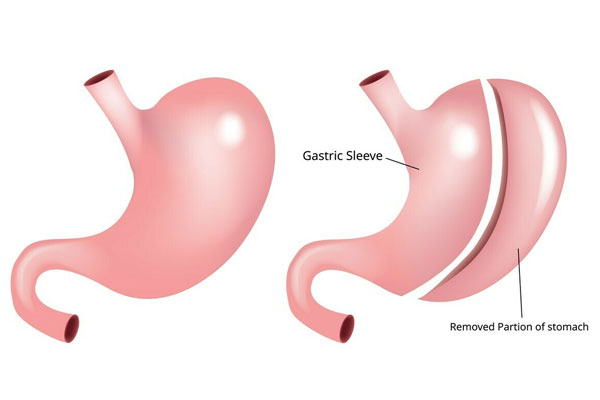
A gastrostomy is a surgical procedure in which a small opening (stoma) is created in the abdominal wall and connected to the stomach. This opening allows for direct access to the stomach, typically for the purpose of providing enteral nutrition or medication to individuals who are unable to eat or drink normally due to various medical conditions. The procedure is most commonly performed to provide a means of long-term feeding in patients who have difficulty swallowing or have other conditions that prevent them from taking food by mouth.
Here are the key points about gastrostomy:
Indications: Gastrostomies are often used when patients are unable to eat or drink adequately for an extended period due to conditions like neurological disorders, head and neck cancers, severe malnutrition, or other medical issues. It is a way to provide nutrition and hydration directly to the stomach.
Types: There are several types of gastrostomies, including:
Percutaneous Endoscopic Gastrostomy (PEG): This is the most common type, and it is performed using an endoscope to guide the placement of a feeding tube through the abdominal wall.
Open Gastrostomy: This is a surgical procedure that involves making an incision in the abdominal wall to create the stoma and insert the feeding tube.
Laparoscopic Gastrostomy: A minimally invasive approach in which small incisions are used to place the feeding tube with the assistance of a laparoscope.
Placement: The specific type of gastrostomy and the method of placement will depend on the patient's condition and the surgeon's recommendation.
Care and Maintenance: Proper care and maintenance of the gastrostomy site are essential to prevent infection and complications. The feeding tube may be used for various forms of enteral nutrition, including formula or real food, depending on the patient's needs and tolerance.
Potential Complications: Complications of gastrostomy can include infection, leakage around the stoma, dislodgement of the tube, and blockages. It is crucial for healthcare providers and caregivers to monitor and manage these issues.
Gastrostomy is a valuable medical intervention for patients who require long-term nutritional support when oral intake is not feasible. The specific type of gastrostomy, the choice of nutrition formula, and ongoing care are determined by the patient's condition and medical team. The procedure's success depends on careful planning, placement, and follow-up care to ensure the patient receives proper nutrition and hydration through the gastrostomy tube.
